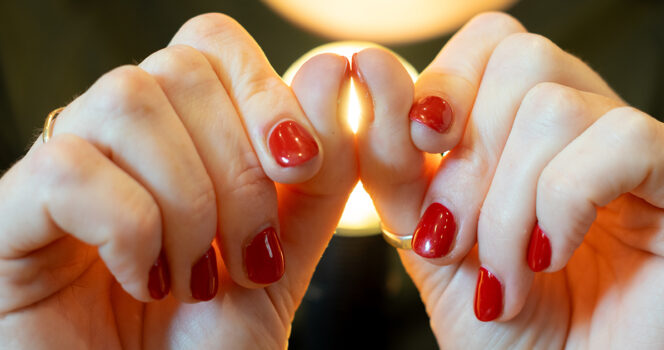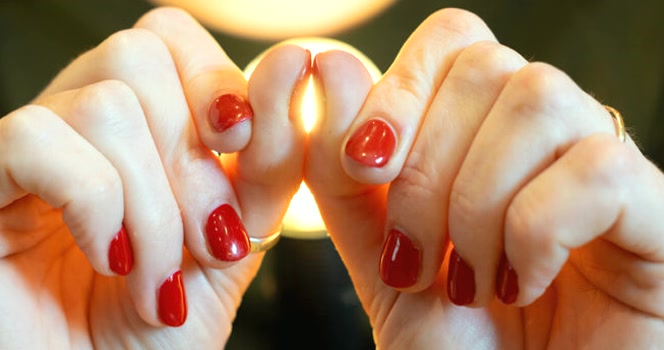
A simple test that involves making a small diamond window with your fingers can help you to see the warning signs of a serious health condition, including lung cancer and heart disease, doctors say.
Imagine being able to perform a quick test with your own hands that might give you an early warning sign of a serious health condition.
The Schamroth window test, a simple and non-invasive finger check, has been recognized by medical professionals as a potential indicator of finger clubbing, a condition linked to lung cancer, heart disease, and other serious illnesses.
Let’s discover how the Schamroth works, and what its results could mean for your health.
Finger clubbing
The Schamroth window test is a simple technique used to check for finger clubbing, also known as digital clubbing, a condition that Medscape explains affects the shape of the fingers and fingernails.
Finger clubbing typically takes years to develop and happens in stages. According to Cancer Research UK, if finger clubbing is present:
- The nail bed feels warm and the skin around the nail look shiny.
- The ends of the fingers look larger, giving the ‘clubbed’ appearance.
- There’s a softening of the nail bed.
- There’s an increased curvature of the nails – nails curve downward and look like spoons.
- Nail beds feel spongy.
The exact cause of finger clubbing is not entirely understood, but Very Well Health reports that it’s believed to “happen because of long-term low levels of oxygen in the blood, known as hypoxemia.”
Potential conditions
Finger clubbing has been associated with several serious conditions, including:
Lung cancer: Studies show that 35% of people with non-small cell lung cancer experience finger clubbing, while it is less common (around 4%) in small cell lung cancer cases.
Mesothelioma: This rare cancer, often caused by asbestos exposure, affects the lining of the lungs and chest. Finger clubbing has been observed in many mesothelioma patients.
Chronic lung diseases: Conditions like cystic fibrosis, pulmonary fibrosis, bronchiectasis, and asbestosis can lead to finger clubbing due to long-term oxygen deprivation.
Heart conditions: Certain congenital heart defects and infective endocarditis (an infection of the heart’s lining) may result in poor oxygen circulation, leading to clubbing.
Liver and gastrointestinal diseases: Diseases like cirrhosis, Crohn’s disease, and inflammatory bowel disease (IBD) have been associated with digital clubbing.
DIY test
To perform the test, follow these steps:
- Place your hands in front of your eyes.
- Press your index fingers together, touching the fingernails to each other.
- Observe the space between the nails.
Normally, there should be a small, diamond-shaped gap between the nail beds. If this gap is absent, it could be a sign of finger clubbing, prompting further medical evaluation.
“If you can’t see any kind of gap beneath your nail beds, this means that your fingers are clubbed – you should visit your GP as soon as possible for them to establish if the clubbing is being caused by an underlying condition,” oncology nurse Emma Norton told the Huffington Post.
Please remember the results do not offer a definitive diagnosis, only a warning sign to seek medical attention.
If you notice changes in your fingers or nails, don’t panic – but don’t ignore it either! Early detection can make a significant difference in treating underlying conditions.
Did you know that such a simple test could reveal so much? Please share your thoughts with us and then share this story with your friends so they, too, can check for finger clubbing!

